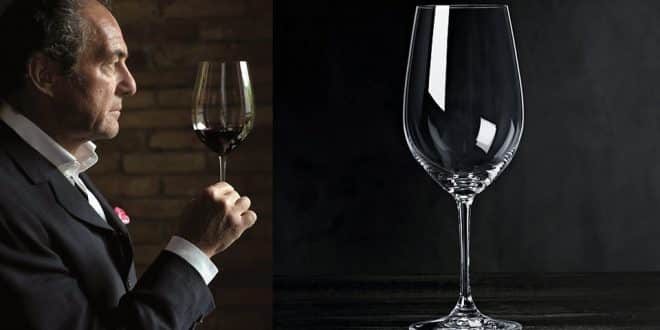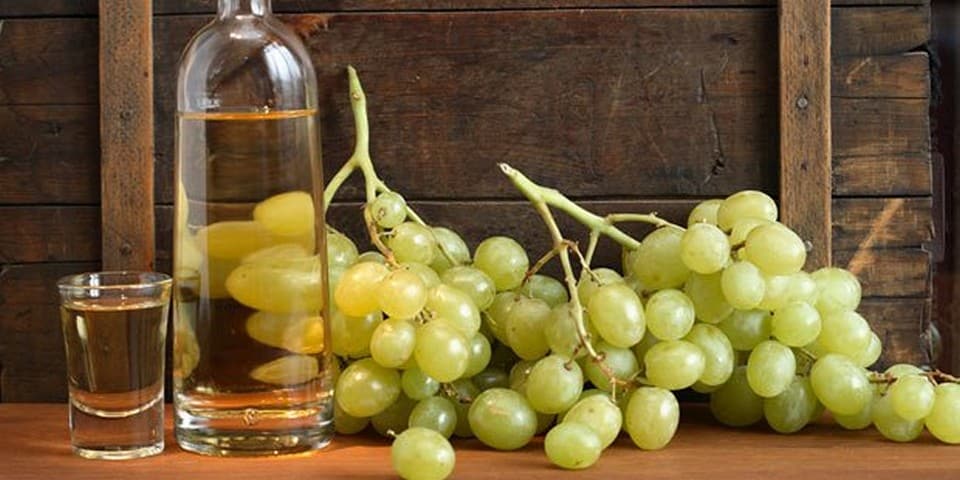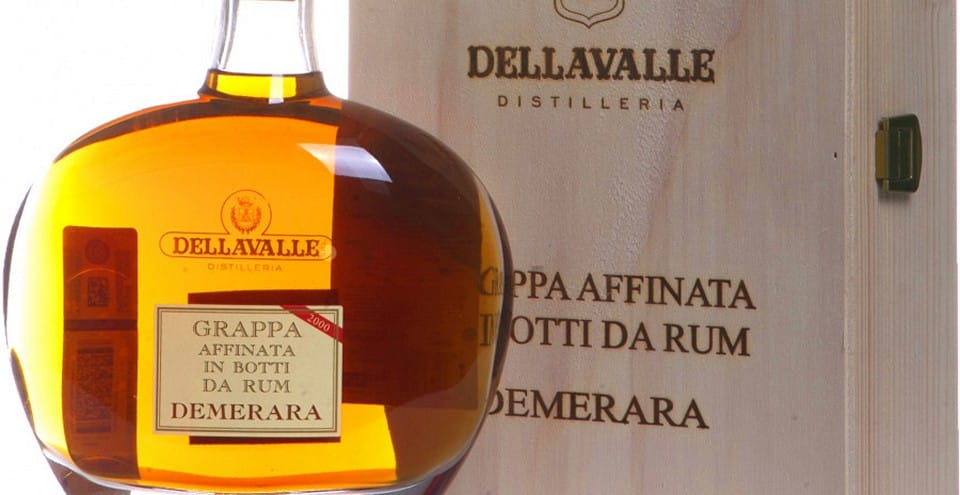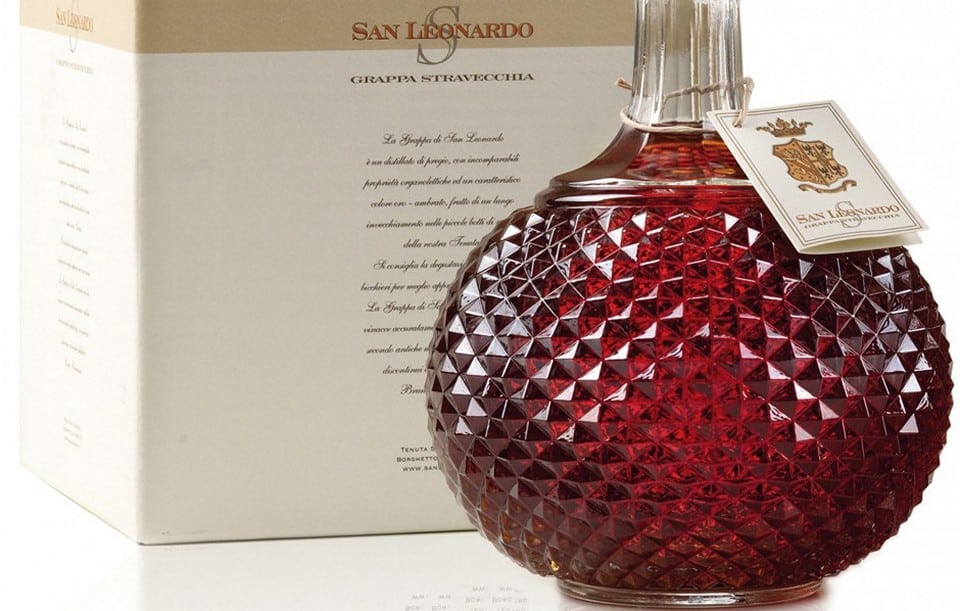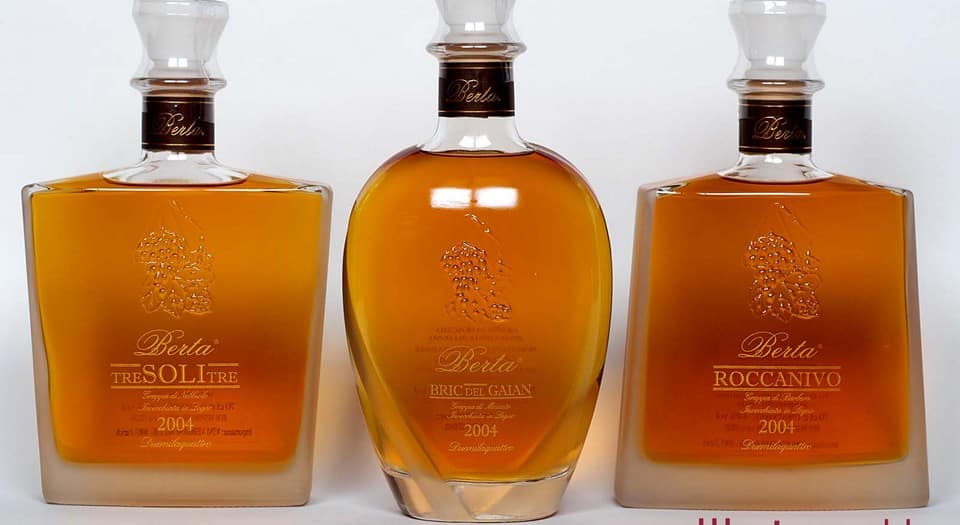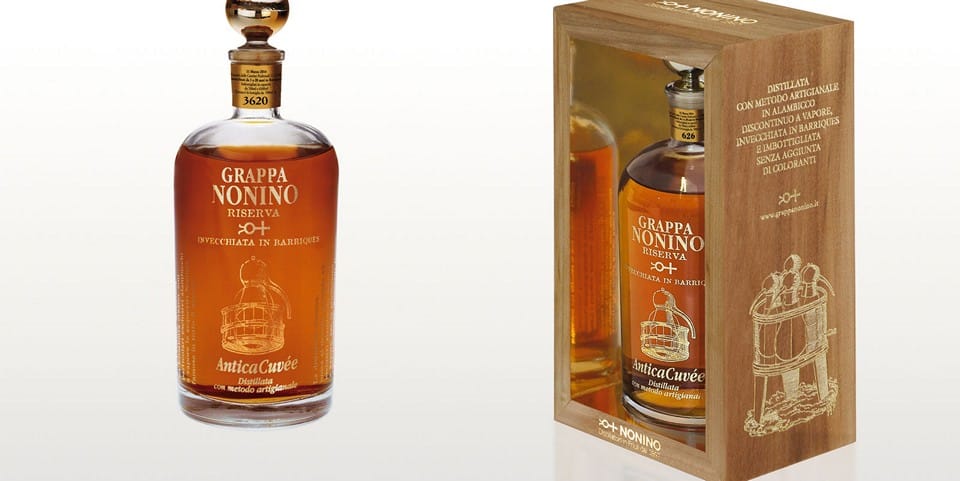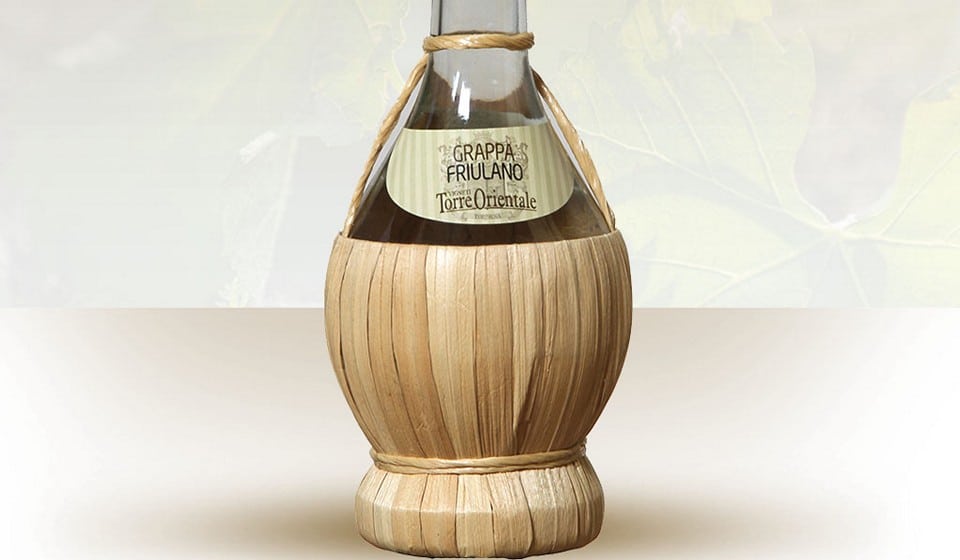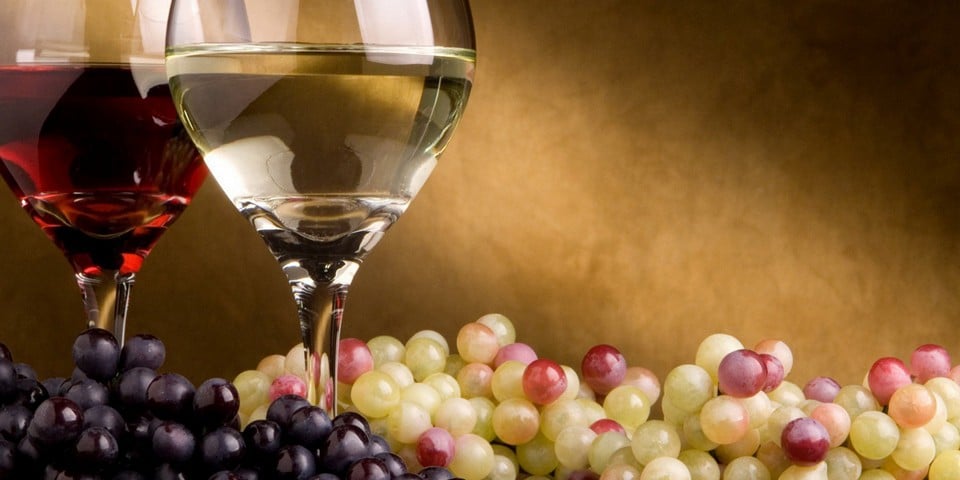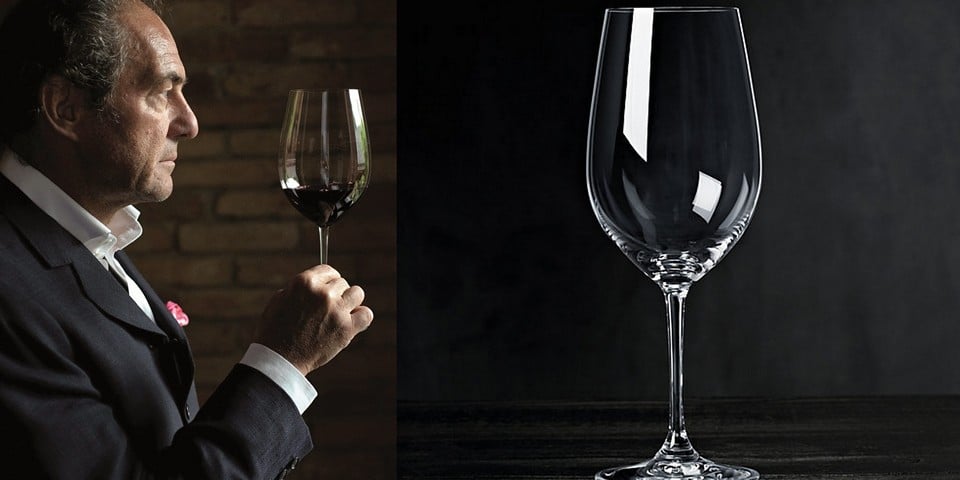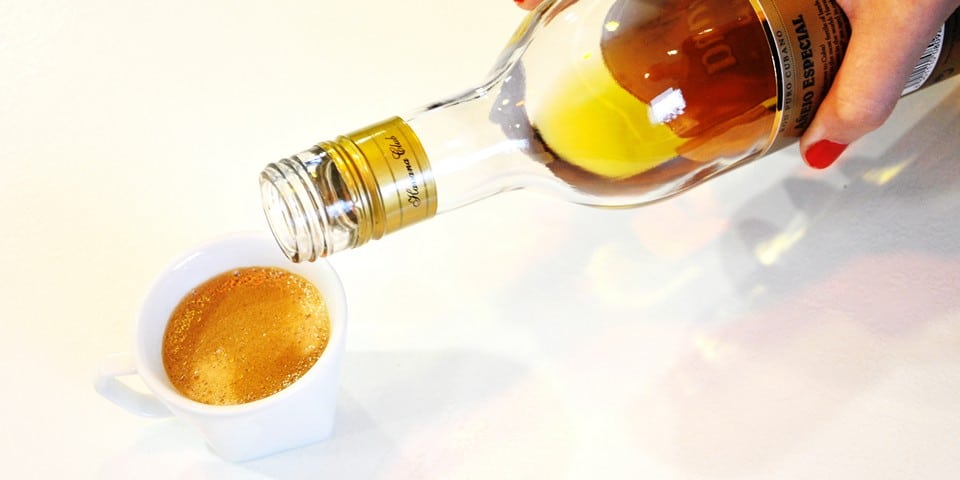Grappa is the true embodiment of Italian temperament in terms of alcohol content. It is an amazing and unique alcoholic beverage. Being a product made from the byproducts of wine production, it has conquered the world with its taste. Approximately 40 million bottles of grappa are produced in Italy every year and distributed to countries worldwide. It is the drink produced within the territory of the republic that has the right to bear the name Grappa proudly. Now, we present to you the most comprehensive and accurate hoppy review.
Page Contents
Origin
The origin of it is closely linked to the emergence of distillation methods. Distillation techniques were developed in Mesopotamia between the 8th and 6th centuries BCE and soon applied to wines for the production of brandy. Distilling grape pomace likely also has very ancient roots. There is a legend about a Roman legionnaire (1st century BCE) who, returning from Egypt, stole a distillation apparatus and started obtaining distillate from grape pomace.
Historian Luigi Papo notes that the first production of the drink in the Friuli region, which was under the control of the Burgundians, took place in 511 CE. They borrowed distillation methods from apple cider production in neighboring Austria and applied them to grape pomace, resulting in it.
The establishment of the Nardini distillery in Bassano del Grappa in 1779 brought about a true revolution through the introduction of the “steam distillation” method, which is still used to this day. In fact, Bortolo Nardini is the oldest distillery in Italy.
After World War II, Italian companies experienced an unprecedented period of growth. Italians changed their way of life, which led to a radical change in tastes.
Grappa producers kept up with the times and listened to consumer preferences. The taste of the drink became softer and less aggressive, with longer aging in wood. This gave rise to new varieties of it that spread worldwide.
What is Grappa
Grappa is essentially a distillate obtained from grape pomace. Similar beverages produced by the same method are called differently in other countries. For example, in Germany, it is called Schnaps, in France – Marc, in Spain and Greece – Tsikoudia. In Uruguay, where European legislation does not apply, a very similar term “grappamiel” (grappa with honey) is used. It should not be confused with brandy. The latter is the result of distilling grape must, not pomace.
The name of the drink most likely comes from the word “graspa,” which means “grapevine” in Veneto. There is a belief that the product got its name from the province of Bassano del Grappa. However, there is no evidence to support this fact.
Production
The quality of grape must is the first and most important factor in producing a good beverage. It often uses the pomace left over from red wine production. Such must undergoes fermentation in the pomace, containing alcohol and only a small amount of sugar, and does not require additional preparation.
In the production of white wines, the pomace does not undergo fermentation, making it rich in sugars and alcohol-free. This is called “vergini” (virgin). For rosé wine, the must ferments together with the berries for a certain period of time. This pomace is called “semifermentate” and already contains a small amount of alcohol. Before grappa production, both types of pomace described go through the fermentation stage.
The highest-quality grappa requires the removal of pits from the must before distillation. It is even rarer for a distillery to use pomace with the addition of stems and leaves.
Distillation
Automated distillation methods have been implemented in Italy for over 50 years. Modern distillers consist of three interconnected apparatuses shaped like truncated cones, ensuring the highest degree of impurity removal. These installations are characterized by continuous distillation cycles, high power, and relative simplicity of the manufacturing process.
Despite numerous positive qualities, some grappa producers believe that it obtained from distillers with intermittent cycles is of much better quality. Therefore, reputable distilleries prepare grappa using traditional methods or combine the two methods.
The alcohol content in it can vary from 37.5% to 60%. The final distilled product contains 65-86% alcohol. Therefore, it is brought to the desired strength by adding distilled or demineralized water.
Aging
Aging, or maturation, is an additional stage in the preparation of the beverage, as the final step in obtaining young grappa is filtration. This removes oil impurities and results in a crystal-clear and transparent beverage. After filtration, some grappa is bottled, while another portion undergoes aging.
The aging process takes place in wooden barrels, typically with a volume of 225 liters. The type and taste of the final product depend on the type of wood it comes into contact with. Oak, acacia, ash, and cherry are the most commonly used woods.
Grappa aged in cherry barrels yields a lighter-colored beverage. Grappa from oak barrels has an amber color and a distinctive taste due to the high tannin content in the wood. The specific type of oak also influences the final aroma. Therefore, barrels are made from trees that grow not only in Italy. Another characteristic of the aging process is time. Different types of grappa are obtained depending on the duration of this stage.
Types
Grappa is classified according to its age, the nature of the pomace, and the grape variety that determines its unique aroma. The following types of beverages are distinguished:
- Giovane – a young grappa that remains in inert containers made of steel or glass until it is bottled.
- Aromatica – a beverage obtained from aromatic grape varieties such as Muscat and Malvasia.
- Affinata – grappa that is bottled after aging in wooden containers for 12 months.
- Invecchiata – a matured beverage, also known as Vecchia (old), which is bottled after aging in wooden containers for 12 to 18 months.
- Stravecchia or Riserva – grappa that matures for more than one and a half years in wooden containers.
- Monovarietale or “Single Variety” – a beverage made from grapes of a specific variety, usually indicated on the label.
- Polivitigno – a product made from different grape varieties belonging to the same family. Such raw materials can vary in ripening time, harvest time, and winemaking techniques.
- Aromatizzata – grappa to which one or more natural vegetable oils have been added at the end of distillation.
This is by no means a complete classification of grappa. If we consider geographical origin, many more variations of the beverage can be identified. They all differ from each other due to the centuries-old tradition inherent in the region and the distillation culture. Furthermore, one beverage can belong to different types. For example, grappa can be young and flavored at the same time.
Producers
There are around 130 different grappa producers, of which 63% are located in northeastern Italy.
At some distilleries, such as Rovero and Castelleri Bergaglio, the production of grappa accompanies their main activities. On the other hand, other factories like Poli and Nonino are solely dedicated to the production of grappa and source their raw materials from winemakers. Nevertheless, a few companies stand out from this diverse landscape, earning respect and popularity among consumers:
- Berta – A company from Piedmont with a wide range of grappa beverages. Berta grappa is characterized by its unique bottle shapes combined with the highest quality of the spirit.
- Bocchino – A company that meticulously preserves traditional methods of grappa distillation and aging. Their cellars for maturing the spirit are excavated in the hills. Bocchino produces four types of grappa with alcohol content ranging from 40 to 50 degrees.
- Bortolo Nardini – The oldest distillery associated with the Nardini family. Even today, the descendants of Bortolo continue the tradition of production.
- Vittorio Capovilla – A company primarily engaged in distilling fruit-based beverages and producing grappa in small quantities. Grappa di Bassano with an alcohol content of 41% is highly esteemed.
- Marolo – A distillery that combines modern equipment with traditional methods. Marolo is known not only for its wide range of grappa beverages but also for sweet desserts infused with grappa.
- Nonino – A company that represents the female quota in the distillery industry, as the Nonino family consists mostly of women. The company always seeks to revolutionize production methods while honoring traditions. All varieties of Nonino grappa deserve attention, but Grappa Cru Monovitigno Picolit stands out with its bottle shaped like a flask. It has a smooth taste with hints of honey and acacia flowers.
- Poli – A company that offers a large assortment of grappa in recognizable bottles with long and narrow necks. The distillery employs two distillation methods, resulting in spirits with a delicate flavor.
- Romano Levi – A legend in the world of grappa. The distillery still uses the direct distillation method with an intermittent cycle. The bottles are adorned with labels featuring unique artwork designed for collectors.
There are many more producers of high-quality grappa than the ones listed. When choosing a grappa, you can consider not only the brand but also the names that indicate a specific region, the use of which is legally regulated:
- Grappa di Barolo;
- Grappa piemontese or del Piemonte;
- Grappa lombarda or della Lombardia;
- Grappa trentina or del Trentino;
- Grappa friulana or del Friuli;
- Grappa veneta or del Veneto;
- Grappa dell’Alto Adige;
- Grappa siciliana or Grappa di Sicilia;
- Grappa di Marsala.
The production of these types of this alcohol must adhere to specific regulations. Companies that do not meet the requirements for using the name “grappa” or the geographical indication use the term “acquavite di vinaccia” to label their product.
How is it different from chacha
Many consumers wonder, “What is the difference between grappa and chacha if they are produced using similar methods?” At first glance, the difference between these “spiritual sisters” seems to lie only in their country of origin (chacha being a Georgian distillate from grape pomace). However, the reality is quite different.
- Chacha is a stronger and coarser spirit, with an alcohol content of 55-60%.
- It is made from unripe or substandard grapes, including stems or pomace. In contrast, grappa is exclusively made from grape pomace (sometimes including the seeds).
- The grape variety used has a significant influence on the aroma of the spirit. Chacha is typically made from Georgian white wine grapes, such as Rkatsiteli or Isabella, while grappa prioritizes aromatic Italian grape varieties.
- Furthermore, chacha is matured in mulberry wood containers, which also contributes to the difference in aromas between the two spirits.
Based on the provided information, it can be concluded that grappa and chacha are two distinctly different spirits from “root to tip.”
How to taste and what to drink
Tasting grappa like a professional is a precise process that demands strict requirements. It should take place in a room with light-colored walls and good sound insulation to ensure the focus is solely on the aroma of the beverage.
Tasters are advised not to wear perfume, smoke, or consume food and drinks with strong flavors. If multiple types of grappa are being tasted, it is customary to start with a young one, then move on to aromatic varieties, and finish with aged ones.
The optimal serving temperature for alcohol is between 48-55°F (9-13°C), although mature grappa is an exception and should be served at 63°F (17°C).
The ideal glass for it is tulip-shaped, with a height of 10-15 cm. It should be made of crystal or clear glass with a medium-sized bowl. The glass’s rim should be narrow with an open crown, facilitating the gradual release of the aroma.
- Recommended to visit: Grappa Tasting in Rome
The initial assessment of it is done visually by examining its transparency. If the beverage is not flavored with oils, any cloudiness will be considered a defect. Next, the color is determined, and ideally, young grappa should be completely colorless.
To evaluate the aroma, the glass is held slightly away from the nose, allowing for the perception of nuances without inhaling the alcohol vapor. Young grappa exhibits a distinct, fresh aroma with fruity accents, while mature grappa reveals notes of vanilla, cinnamon, licorice, cocoa, and even tobacco.
When assessing the taste, small sips of this alcohol drink are swirled on the tongue for several seconds. This allows the taste receptors to fully perceive the flavors. After each type of grappa, it is recommended to drink half a glass of milk to “refresh” the oral cavity.
If your purpose for tasting is not to evaluate its qualitative characteristics but to enjoy a pleasant time with friends, remember that grappa is a classic digestif. It is consumed in small quantities after a meal to aid digestion. In Italy, grappa is sometimes added to espresso, and this beverage is called “caffè corretto,” which means “corrected coffee.”
As a delightful accompaniment to the aromatic notes of grappa, you can enjoy salted pistachios and honey-coated breadsticks sprinkled with flakes of Parmesan cheese.
Price
Grappa is as diverse in its originality as it is astonishing in its price range. In Italy, you can purchase this strong spirit for as low as 7-8 euros for 500 ml. However, this is only the starting price. Depending on the producer, type, and age of the grappa, buying a bottle can even cost you up to 600 euros for the same 500 ml.
That concludes the intoxicating information. Live passionately, love honestly, travel abundantly, and remember: “Don’t postpone for breakfast what you can drink for dinner!”
Interesting Facts about Grappa
- Origins in the Middle Ages: Grappa originated in Italy in the Middle Ages, where it was initially created as a way to utilize grape pomace, the leftover grape skins, seeds, and stems after winemaking. The first recorded evidence of it production dates back to the early 14th century.
- Distillation Process: Grappa is made through a distillation process that involves fermenting and distilling the grape pomace. It is typically distilled in copper stills, which help to extract the aromatic compounds and flavors from the pomace, resulting in a unique and intense spirit.
- Geographical Indication: Grappa is protected by the European Union as a Geographical Indication, ensuring that only products made in specific regions of Italy can be labeled as “Grappa.” These regions include Friuli-Venezia Giulia, Veneto, Trentino, and parts of Lombardy and Piedmont.
- Varietal Influence: The grape varieties used in winemaking directly influence the flavor profile of Grappa. Different grape varieties, such as Moscato, Nebbiolo, and Sangiovese, can impart distinct aromas and flavors to the spirit, ranging from floral and fruity to more robust and tannic.
- Aging Potential: While Grappa is often consumed young, some distillers choose to age it in wooden barrels or casks, similar to the aging process of whiskey or brandy. This can add complexity and smoothness to the spirit, allowing it to develop unique characteristics over time.
- Ritual of Drinking: In Italy, Grappa is traditionally enjoyed as a digestif after a meal. It is often served in small tulip-shaped glasses to concentrate its aromas and sipped slowly to savor its flavors. It is also common to find this drink used as an ingredient in cocktails or paired with espresso for a “Caffè Corretto.”
- Artisanal Production: Many distilleries in Italy continue to produce Grappa using traditional and artisanal methods. Small-scale producers prioritize quality over quantity, carefully selecting the pomace and employing meticulous distillation techniques to create exceptional and unique expressions of it.
 Italy for me From Italy with love
Italy for me From Italy with love

